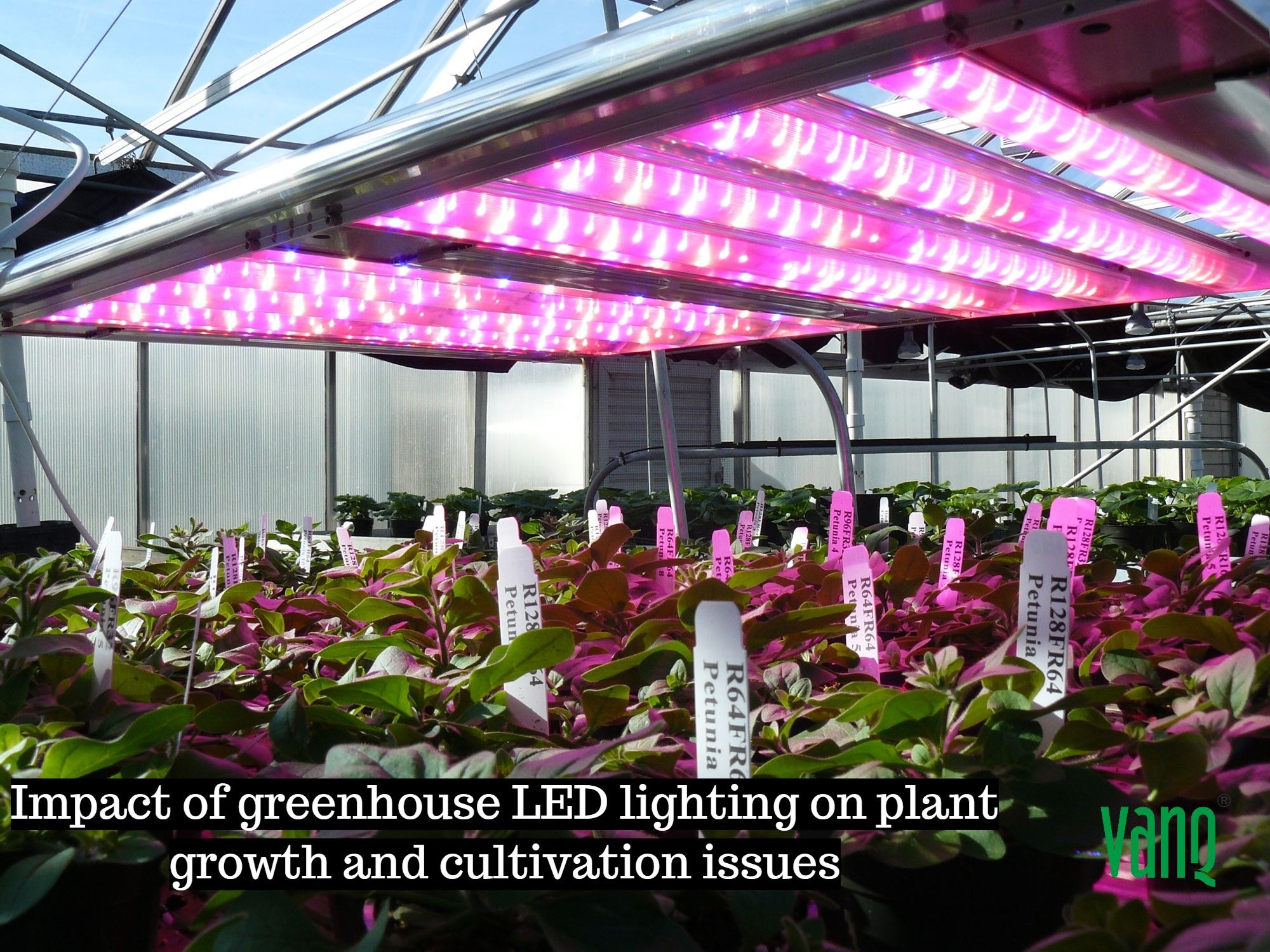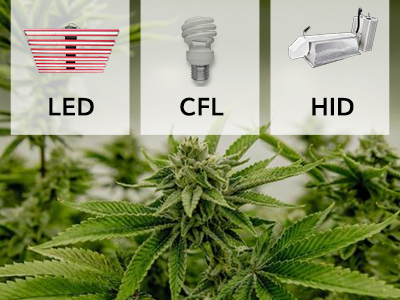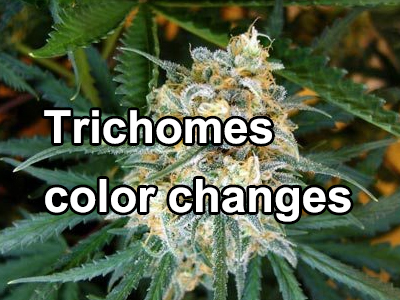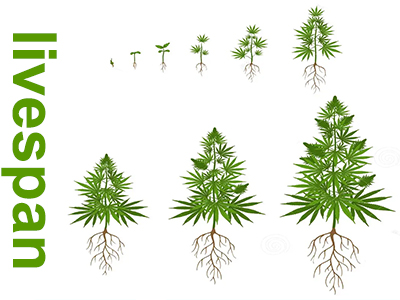
Without light, almost no plants grow. Because only light can provide energy, plants can use photosynthesis to convert water and nutrients in the soil and carbon dioxide in the air into starch and sugar, and then grow. What if there is no light? Is there any help? LED lights. Yes, because if the correct wavelength is reached, it will greatly affect the growth and prosperity of the plant.
Like us humans, plants cannot be without light. It enables them to produce life energy through photosynthesis, and thus life and growth. However, under certain colors or wavelengths, plants grow particularly well. And they are as short-wave as possible, because short-wave light contains a lot of energy. They like the ratio of red (wavelength 640 to 660 NM) and blue (wavelength 420 to 450 NM) from 8:1 to 3:1. Depends on plant type and growth stage. Because the green leaf pigment chlorophyll can convert red light and blue light into chemical energy very well.
The effect of light wavelength on various growth stages is fascinating. Experiments show:
Plants tend to grow longer under red light
The bright red light (600-700 NM) can stimulate flower induction in long-day plants or prevent it in short-day plants.
Crimson radiation (700-775 NM) can both offset these effects and promote leaf area expansion and growth.
Blue radiation promotes bud formation and counteracts the increase in length.
In practice, this means that by changing the composition of blue and red light (between 10% and 30%), fertilizers and chemicals can be saved. But be careful, because depending on the type of plant, exposure to the same wavelength will have different effects.
If you buy LED lights for greenhouses, the wavelength is the only decisive factor. The color temperature and color rendering index here are completely unrelated, and the lumen value here may also be significantly lower (30 to 40 lm), because plants prefer light, and we think the light is darker. By installing the correct LED lights in the greenhouse, you can not only ensure optimal growth, but also save energy. In one experiment, the light output of red and blue LEDs increased by 60% compared to high-pressure sodium lamps. In addition, there are many other advantages of using LEDs, for example, very long durability, minimal heat generation or no harmful substances.
To grow greenhouse plants, you need to understand the following:
Depending on the location, there will be sunlight or shadows in some places, some plants like to be bathed in sunlight (sunlight or light-colored plants), and some plants like shadows (shaded plants). Even if there is only one plant, plant parts (such as leaves) can be divided into light leaves and shadow levels: since 100% of the light shines on the upper light leaves, only 2% of the light reaching the shadow leaves near the ground. To compensate for the lack of light, shadow blades are usually larger than sun blades. The nature of the leaves is also different: the sun leaves are usually thicker, leathery and hairy, while the shadow leaves are thinner.
Correct lighting time
In terms of the duration of light, most plants have a natural circadian rhythm. This can also be imitated by artificial light in the greenhouse: there is already a greenhouse lighting system, you can use the timer function to program, so that the artificial sun can fall on plants as slowly as nature.
Correct light intensity
The light intensity depends on the photon flux density, that is, how many photosynthesis photons there are in the radiation. It can be quantified as micromoles per square meter and second (μmol/m2s). For comparison: direct solar radiation up to 2,000 μmol/m2s. But your greenhouse plants usually don't need that much light. As a guiding principle of artificial greenhouse lighting intensity, 600μmol/m2s is enough to achieve good growth.
Correct light color
Light travels from the sun to the earth as electromagnetic waves of different wavelengths. The wavelength range visible to the human eye is between 380 and 750 nanometers (NM), roughly corresponding to the light that plants can use for photosynthesis. The wavelength of light is responsible for the so-called light color. The short wave turns blue and the long wave turns red. Light waves around 500 NM are green and reflected by plants. This phenomenon is also called green space because less photosynthesis can be used to use green light. However, you should not rely on greenhouse lighting that combines only blue and red light without any green parts, because it is still very common. Because this can turn off the weaker photosynthesis and complete the plant growth under the green light. Instead, you should pay attention to the fact that plant light can provide the entire visible spectrum evenly.
Finally, I hope my guide will be helpful to you, I wish you a fruitful harvest























